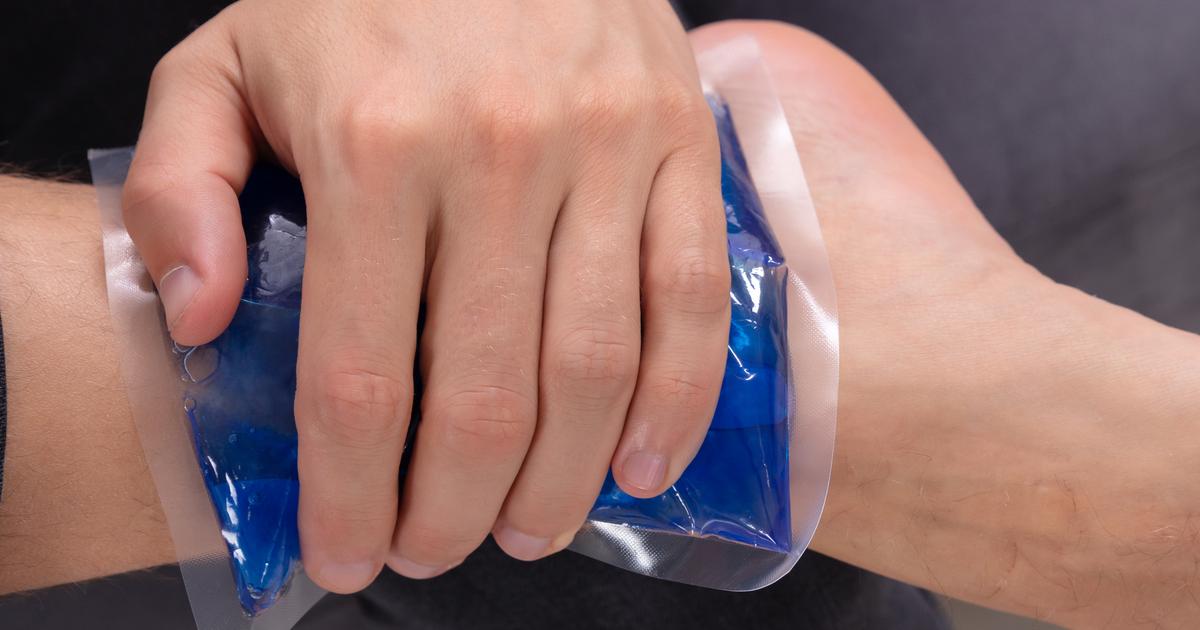Guide To Reducing Joint Pain
Nearly everyone experiences some kind of joint pain during their life, as there are a variety of injuries and illnesses that can lead to joint pain, some of which resolve on their own. For example, if an individual's joints hurt because they overused them playing sports, the injury should heal within a few weeks of rest. Conditions like arthritis, of which there are one hundred types, can also lead to joint pain, though different kinds of arthritis act in different ways. Some types of arthritis cause degradation of the joints and bones making up joints.
When it comes down to it, the remedies for alleviating joint pain do somewhat depend on the cause. But with this in mind, get familiar with some of the commonly cited remedies for reducing joint pain now.
Rest And Ice The Joint

One of the first recommended courses of action to reduce joint pain is to rest and ice the joint. This is often recommended for both arthritis pain and injuries. It should be noted, though, resting joints affected by arthritis too much can sometimes make it harder to start moving them again. Overuse injuries occur when individuals use one or more of their joints too much. This usually occurs when individuals perform repetitive motions at work, school, or playing sports. Individuals who lift heavy objects over their heads are more susceptible to shoulder joint injuries, while different sports can increase someone's chances of developing tennis elbow.
In any case, rest and ice are key! To ice a joint, individuals should wrap a bag or cloth around frozen items like sponges, vegetables, or plain ice cubes. They should press the ice pack to the injured area for ten to twenty minutes at a time. They should be sure, however, to not use ice excessively, and not press ice cubes directly against their skin.
Read more about alleviating joint pain now.
Alternate Types Of Exercise

When individuals work out, they should always alternate the types of exercise they do. If individuals perform repetitive sets of motions day after day, their joints are more likely to become strained. Instead, individuals should target different muscle groups and joints on different days. Exercise is also good for arthritis patients, but they should be mindful of the way they exercise. It may also be helpful for patients to talk to their doctor to make sure their exercise routine is being helpful instead of harmful. High-impact exercises, for instance, can cause further joint damage and pain. High-impact exercises are exercises during which both feet leave the ground at once, like running and jumping jacks. Low-impact cardio exercises like cycling, walking, and using the elliptical machine are more highly recommended. In all cases, however, individuals should make sure to stretch before they engage in heavy exercise, and if they're increasing their exercise intensity, they should always do so gradually to avoid injury.
Keep reading to learn more about alleviating joint pain now.
Try Over-The-Counter Pain Medication

If the injury or illness causing joint pain is severe, individuals might need prescription pain medicine to help with the pain, though most doctors will first recommend over-the-counter pain medications. Over-the-counter pain medicine is available at pharmacies and drugstores without a prescription. The two main kinds of over-the-counter pain medication are acetaminophen and nonsteroidal anti-inflammatory drugs, which include ibuprofen and naproxen. All of these pain medications relieve muscle pain and reduce fever. However, acetaminophen isn't able to reduce pain due to inflammation, which is why anti-inflammatories are crucial for reducing joint pain when inflammation is part of the cause. Although pain medication is helpful for joint pain, patients must always follow the directions on the bottle or the instructions given to them by their doctor.
Discover additional ways to get rid of joint pain now.
Maintain A Healthy Weight

Weight can have a big impact on pain, especially arthritis-related pain. The more an individual weighs, the more stress their joints, particularly for the hips, knees, and ankles, are under. This is precisely why maintaining a healthy weight is incredibly effective at reducing joint pain. With that said, starving oneself to lose weight is more harmful than helpful. If individuals exercise and eat a healthy diet, they'll either lose weight or develop more muscle. The latter is helpful for joint pain as well because higher amounts of muscle can handle greater pressure. Many individuals have reported they feel a significant reduction in pain after losing just a few pounds. This can also help improve a patient's overall mobility and prevent future joint damage. Patients should always talk to a doctor about healthy options for weight loss, especially if they have prior health conditions.
Learn more about reducing joint pain effectively now.
Surgical Intervention And Joint Replacement

In cases of severe joint damage or joint pain that isn't relieved by prescription painkillers, patients might be a candidate for surgical intervention and joint replacement. The right surgery for a patient will vary depending on the cause and location of the joint pain. A synovectomy, for example, is an option for rheumatoid arthritis patients. This procedure removes diseased synovium, which reduces pain and slows joint damage. An osteotomy can correct bone deformities through reshaping the bone. Resection is often performed on the feet and involves the partial or complete removal of a diseased bone. Bone fusion surgery can relieve pain in the thumbs, fingers, wrists, and ankles. This surgery keeps the joint from moving but offers greater stability. Arthroplasty can refer to total joint replacement or rebuilding joints. With total replacement, the joint is removed, and synthetic parts are used to replace it. The most common materials are plastic, ceramic, and metal.
